Mapping a Path to Equity: How GIS and Mentorship Are Transforming STEM Access for Minority Youth
Key Points
-
Middle school is crucial for influencing students’ interest and self-concept in STEM, making early intervention vital.
-
Intergenerational mentorship and real-world applications enhance relevance, motivation, and inclusivity in STEM education.
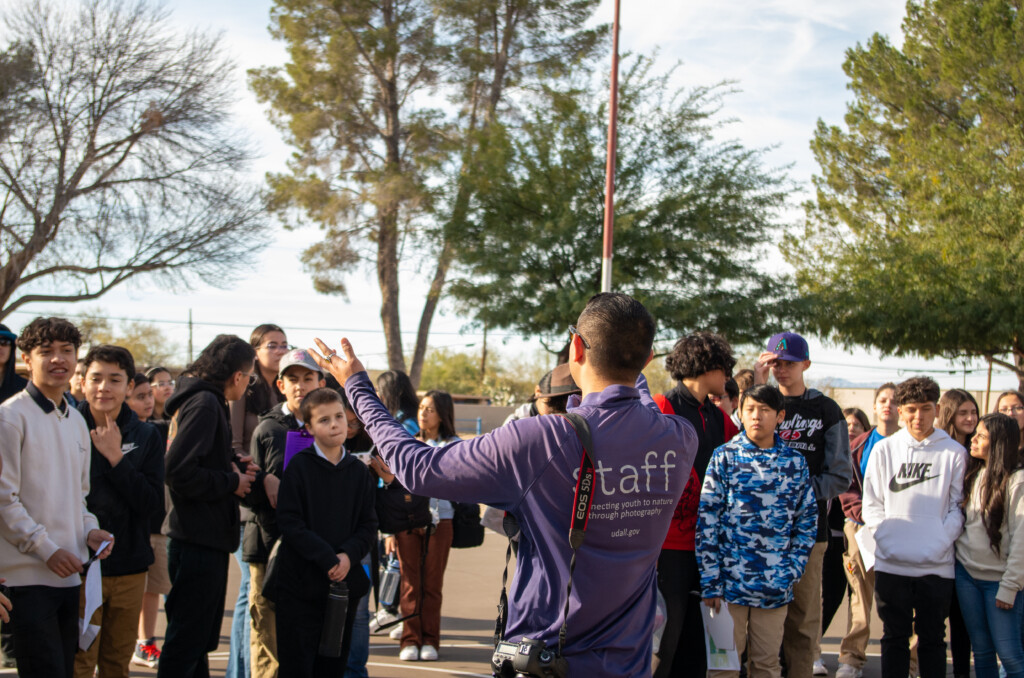
In Tucson, Arizona, a groundbreaking initiative is reshaping the future of STEM education—and who gets to be part of it. By combining geospatial technology, intergenerational mentorship, and real-world community engagement, a program is helping underrepresented students not only see themselves in STEM fields but step into those roles with confidence.
As the U.S. works to meet its growing demand for STEM professionals, the challenge isn’t just about getting more students interested in science, technology, engineering, and math. It’s about removing the systemic barriers that keep many students, especially those from minority and low-income backgrounds, from staying on that path. Despite decades of investment in equity programs, students of color, particularly Black, Indigenous, Latinx, and Pacific Islander youth, remain underrepresented in STEM majors and careers. While interest in STEM is initially high across all demographics, research shows that underrepresented minority (URM) students are less likely to persist through college or earn a STEM degree. This gap isn’t just about academic preparation. It’s about access: to mentorship, to real-world applications, and to a sense of belonging in the STEM community.
This year-long mentorship pilot offers a promising model for how schools, universities, and communities can come together to make STEM education more inclusive, empowering, and equitable.
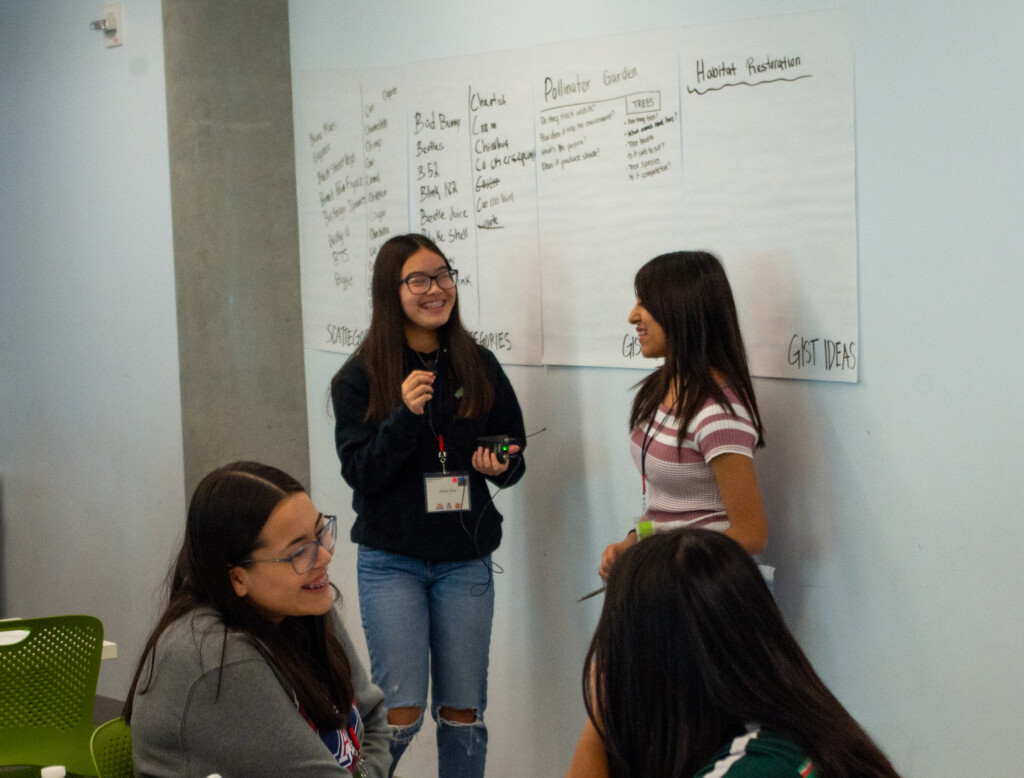
A New Model: Mentorship Meets Mapping
Led by educators and researchers from the University of Arizona, the program focused on middle and high school students from a predominantly Hispanic neighborhood in Tucson. The approach was deeply layered and collaborative with partners including CommunityShare, the Sunnyside Unified School District and Foundation, the Pima County Superintendent’s Office, University of Arizona faculty and students, and the University of Arizona Udall Center.
The approach was deeply layered and collaborative. It involved:
- Multi-generational mentoring: College students mentored high schoolers, who in turn mentored middle schoolers.
- Community partnerships: Local government officials, STEM professionals, and nonprofit leaders were actively involved throughout the program.
- Real-world learning: Students used Geographic Information Systems (GIS) to investigate and compare local parks, gathering data, analyzing results, and creating interactive digital StoryMaps to share their findings.
Middle school students received foundational training in GIS, learned data collection and visualization skills, and tackled driving questions about equity and access in their neighborhoods. Their projects weren’t hypothetical—they were rooted in their own lived experiences and were shared with city leaders who could take action.
GIS as a Gateway
One of the program’s most powerful tools was GIS, a discipline that combines spatial thinking, data literacy, and storytelling. Students learned to use ESRI’s ArcGIS and Survey123 tools to document the quality and conditions of parks in their own neighborhood versus those in more affluent parts of Tucson.

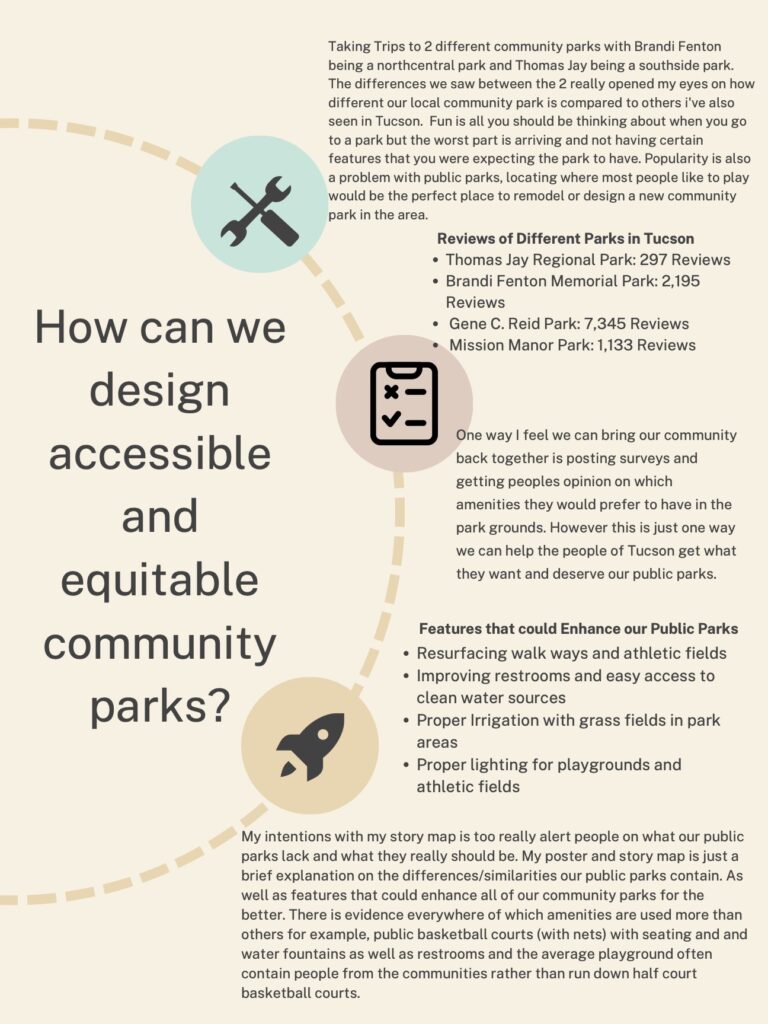
Project Examples
This wasn’t just a tech lesson. It was a justice lesson. Students uncovered disparities—fewer trees, less clean drinking water, poorer maintenance—and used data to tell a story that mattered. They created digital maps layered with insights and images, giving voice to their observations and offering solutions for improvement.
By the end of the year, several students submitted their StoryMaps to a statewide GIS competition and won. One 7th grader even advanced to the national level. Beyond the accolades, these projects gave students the opportunity to be researchers, analysts, and advocates—roles that many had never imagined for themselves. One middle school student shared, “I learned some new things and new ways of looking at things.”
The Power of Near-Peer Mentoring
What made this initiative especially effective was its tiered mentorship structure. College mentors, many of whom were bilingual and shared cultural backgrounds with the students, provided technical instruction and guidance. High school mentors—alumni of the same middle school—offered relatable support and encouragement, bridging the gap between early learning and higher education.
This model didn’t just benefit the younger students. High school and college mentors also reported growth in leadership, confidence, and a deeper understanding of mentorship as a reciprocal relationship. In fact, some mentors said they learned just as much from their mentees as they gave.
A high school mentor shared: “The biggest takeaway I have had is that there is also still much to be learned, especially as a mentor, and often we can learn from the mentees.”
A university mentor shared: “My favorite memory from this experience was watching how fast the middle-school students grasped all the concepts from things like equity to all the technology stuff we did, like making maps and collecting data. And something I take with me from this experience is learning how to work with all different age groups […] and how we can all teach each other.”
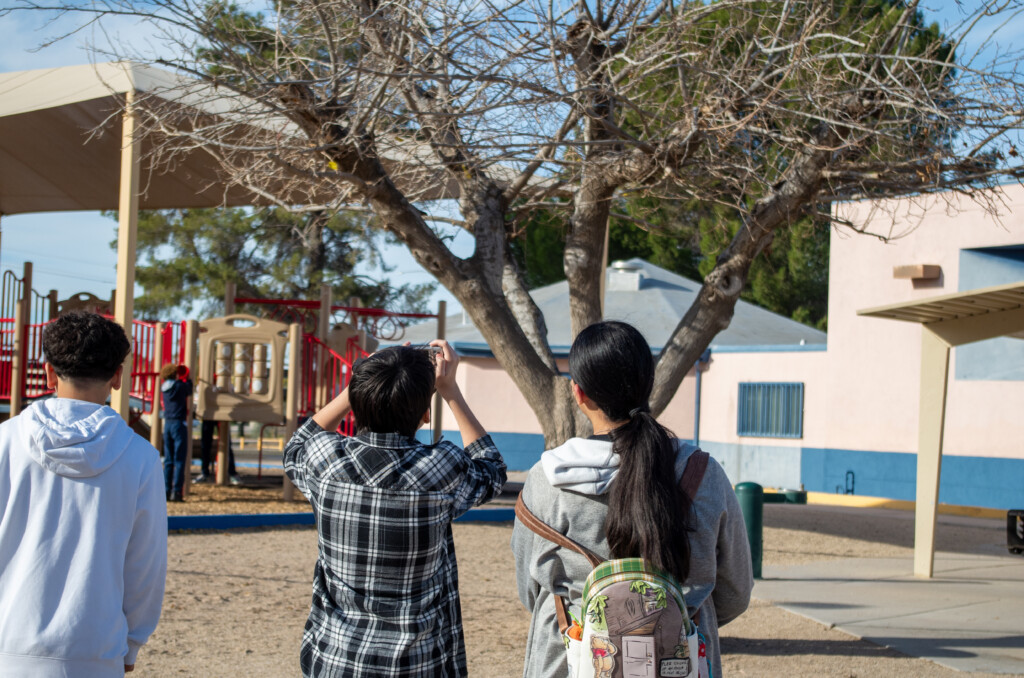
Outcomes Beyond the Classroom
The impact of the program was significant and multifaceted:
- STEM Skills: Students developed technical competencies in GIS, data analysis, and public presentation.
- Confidence: More students saw themselves as scientists and leaders by year’s end.
- College Readiness: Visits to the university campus demystified higher education, increasing students’ comfort with the idea of attending college.
By the end of the program, over 80% of participants reported feeling confident about pursuing higher education. Just as important, they expressed a new sense of agency and belonging—qualities that are essential for long-term success in any field, especially STEM.
Student Patricia Machi shared, “Being in the STEM class, I thought I would only apply it in class and later on, going into high school. I found out that I don’t only apply it in class but rather with other teachers, adults, and out of school and with peers.”
In addition, the students felt more connected to their communities and their projects resulted in recommendations for improving third spaces and spaces where building relationship is at the forefront: “I would make more outdoor activities for people to use and to get other people out of their houses to get air, exercise, and have more quality time with family and friends.”
Lessons for the Field
This program offers a replicable model for K-12 schools and universities seeking to increase diversity in STEM. Here are key takeaways for education leaders:
- Start early. Middle school is a critical time for influencing students’ self-concept and interest in STEM.
- Make learning real. Tying STEM to real-world issues in students’ communities increases relevance and motivation.
- Embrace intergenerational mentorship. Near-peer models build community and normalize pathways to higher education.
- Invest in spatial thinking. GIS is more than a tech skill—it fosters critical thinking, problem-solving, and equity awareness.
- Institutionalize equity efforts. Programs like this need stable funding, faculty support, and recognition within university systems to be sustainable.
“I learned that I can make a difference. The program works because the community comes together to guide and prepare the students for the competition. It makes us all a part of the learning.”
The Road Ahead
Despite the successes, challenges remain. Working with minors brings logistical and legal hurdles. Recruiting and compensating mentors from underrepresented backgrounds can be difficult. And sustaining programs like this requires long-term commitment from both schools and universities.
Still, the outcomes are clear: with the right support, students from historically marginalized communities can thrive in STEM—and lead their communities toward a more equitable future.
As one high school mentor reflected, “Seeing the impact I’ve had has given me a new perspective of what community and togetherness really means.”
Check out the final research paper here.



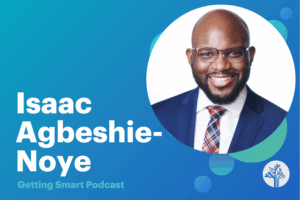


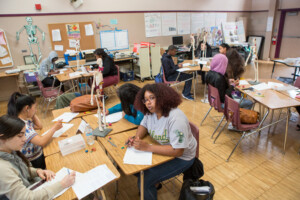

0 Comments
Leave a Comment
Your email address will not be published. All fields are required.